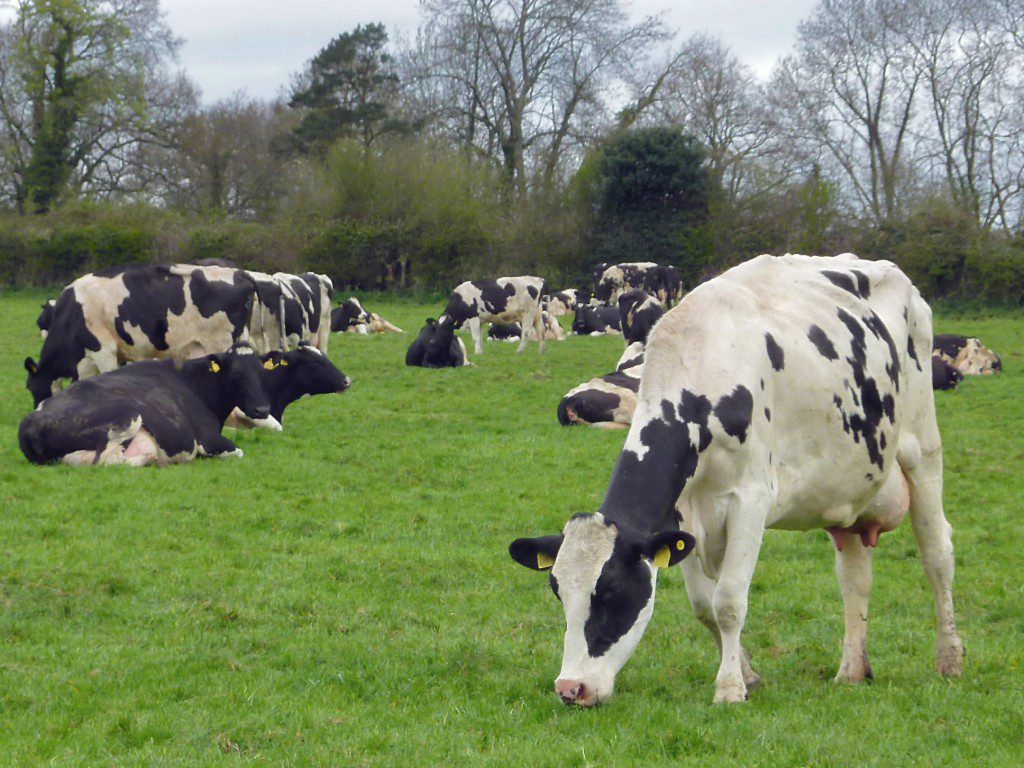Dairy farmers producing milk for the liquid milk market are beginning to realise the value of compact calving and shortened calving intervals, according to Teagasc’s Michael Aylmer.
The Teagasc Dairy Advisor said that liquid milk producers have been quick to adopt grass growth and utilisation technology, but the move to compact calving has been somewhat slower than their spring counterparts.
Liquid milk producers focus on high-fertility bulls
The Dairy Advisor has noticed a definite change towards high-fertility bulls in recent years amongst liquid milk producers.
He said that these producers are particularly conscious of the breeding index on the EBI when selecting bulls for their cows and heifers.
He pointed towards the use of sires such as Baloman in recent years, who has both high fertility and milk traits.
As an increase in cow fertility will lead to a reduced calving interval, he said, it will lead to a more profitable cow.
More lactations per cow
According to Aylmer, the key to unlocking the true production potential of many cows lies in the number of lactations over her duration in the herd.
Research from Teagasc shows that both fertility and longevity are crucial components of herd profitability, and farmers should aim for at least 4.5 lactations from their cows.
However, Aylmer said liquid milk producers are averaging closer to 2.5-2.8 lactations per cow, just below the national average of 3.3 lactations per cow.
Cows not going back in-calf after two or three lactations is a major issue, he said, as the cost of rearing replacement heifers is high and is one that is sometimes overlooked by farmers.
Teagasc figures show that rearing replacement heifers costs a minimum of €765 and, depending on costs such as land and labour, can rise to €1,451. These figures are based on heifers calving down at 24 months.
Aylmer said that if heifers are calved down at 30 months, as is often the case on liquid milk farms, it has a double negative effect:
- Heifers calve down too heavy which can lead to dramatic loss of condition. This in turn can cause health issues leading to fertility problems later in the animals life.
- The cost of rearing the heifer is increased as they are not productive for an excessive amount of time compared to heifers calving at 24 months.

